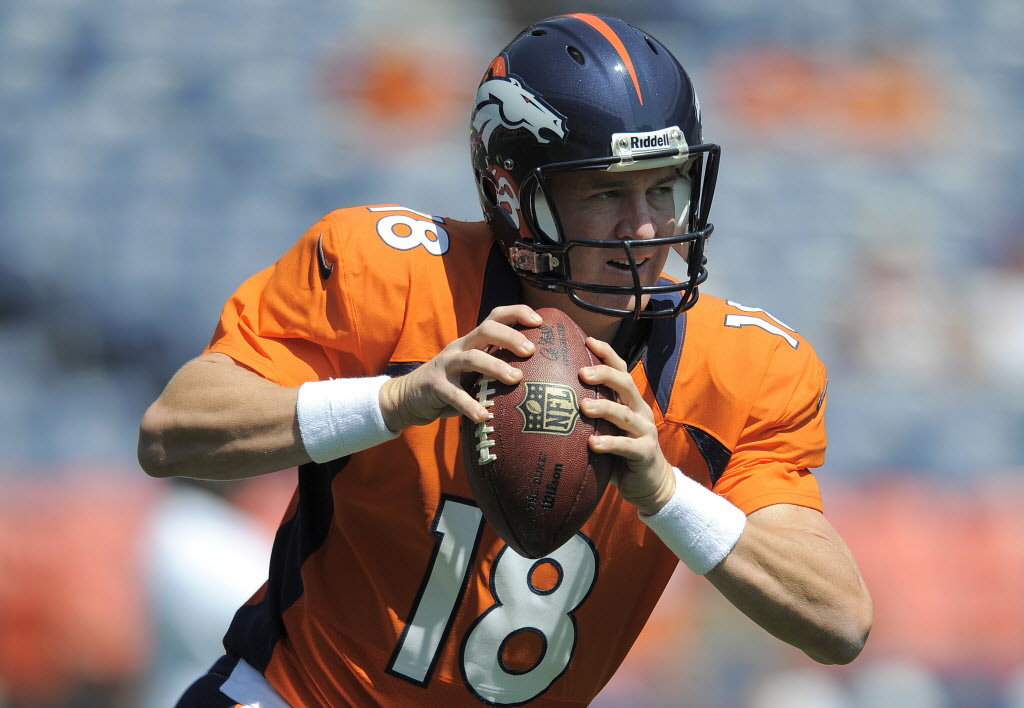Chip Kelly doesn’t design the offense to build stats or win awards. He game plans to win games, and distributes the touches based on the opportunities his keen eyes see in painstaking hours of breaking down video. His Ducks constantly innovate, looking for edges, looking for matchups to exploit. With a full stable of weapons in the backfield and a confident, mature, experienced quarterback, expect more diversity and change in 2011.
Kelly calls LaMichael James and Kenjon Barner “1A and 1B.” Expect Kelly to play Jedi mind tricks with misdirection and wrinkles, getting these two the ball in a variety of ways: quick inside, on the edges, even underneath the defense with shovel passes and tunnel screens. Change is the only constant, big plays and touchdowns the sure result.
Last year LMJ was ineligible for the first game against New Mexico and Barner had to carry the load alone. Against the outmanned Lobos the speedy Kenjon was the best player on the field, slashing for four quick touchdowns in one half of work, adding another with a sixty-yard scamper with a screen pass, in all 18 touches for 207 yards from scrimmage, Barner added a kick return to rack up 225 all-purpose yards on the day, EA Sports-wizard numbers from the 5-11, 180-lb sophomore. The next week against Tennessee, KB busted loose for 107 yards on kickoffs and dashed 80 yards with a punt return, piling up another game-crazy 228 all-purpose yards, leading the nation after two games with 453 to go along with his six touchdowns. Meanwhile, James got untracked in his season opener with 16 carries for 134 yards, including a dazzling cross-the-grain, reverse-field 72-yard bolt of lightning that broke the game open in the third quarter. A great run by James, but count the key blocks as he throws on the brakes, sticks his foot in the ground and races around the left side: two by Weems, then Davis, Thomas, two by Tuinei, then Maehl at the five. It’s a beautiful run by James, but a dazzling display of teamwork and determination by an entire offense, a testament to their commitment to each other.
The plan to use the two best friends in 1A/1B fashion got derailed in the season’s middle. Barner strained a groin in game three against Portland State, then suffered a serious concussion on a kickoff return against Washington State on October 9th. He wasn’t fully healthy again until Washington nearly a month later, and look how Oregon’s visored genius distributed the touches over the last few games of the season (stats from espn.com):
Kenjon Barner LaMichael James
Date Opponent Att Yds Ave Lg TD Att Yds Ave Lg Td
11/6 Washington 9 60 6.7 30 1 26 121 4.7 16 3
11/13 California 8 40 5.0 8 0 29 91 3.1 13 0
11/26 Arizona 15 71 4.7 25 1 28 126 4.5 37 2
12/4 Oregon St 15 133 8.9 23 1 28 134 4.8 31 2
1/10 Auburn 11 32 2.9 9 0 13 49 3.8 14 0
The stat sheet shows in graphic detail how effective these two can be when used together. Throw out the Auburn game, as neither was effective due to inadequate blocking. Then add 10-15% to these numbers, as 1) the two of them took turns being banged up last year, and 2) Oregon is highly likely to develop an improved deep passing threat, which will give them wider lanes and more room to run in the box. By the start of conference play, receiver coach Scott Frost, offensive coordinator Mark Helfrich and Kelly will have sorted out the promising candidates at wide receiver, and there will be no further debate about who starts and who redshirts out wide. Expect two or three of them to establish themselves and make a difference, and with Josh Huff, Lavasier Tuinei, DBlack, Rahsaan Vaughn, the Black Mamba, Tacoi Sumler and/or B.J. Kelley to stretch the field, open spaces and big plays should come in abundance for the Oregon offense.
Another benefit is that LaMichael James won’t wear down this year. With Kenjon, Lache Seastrunk and De’Anthony Thomas to spell him, he won’t have to endure any of those 30+ carry marathons as he did against Stanford or USC. He won’t take those extra hits in the fourth quarter that so apparently wore him down by regular season’s end. Freshman Tra Carson a 6-0, 227-pounder is an intriguing addition as a possible power back, but he’s likely to redshirt in 2011. Barner and James are tough inside runners. as witnessed by their roles in the 18-play, 9:25 drive that clinched the game at Cal. What they lack in size they make up for in leg drive and quickness to the hole. Oregon won’t need to take the wraps off Carson to have an effective running game this season: they’ve run the football for 3641, 3012, and 3721 yards in the last three years. The crucial element isn’t the ball carrier, although all the guys in this rotation are capable. It’s effective play by the offensive line. Greatwood will establish that, and the fleet backfield just has to run through the daylight and hang on to the football.
The Oregon running game at its best–Mad Mike 1951’s 2010 Civil War Highlights:
What this analysis doesn’t account for is injuries; in all cases you plan for the best and adapt to the worst. It’s August, a time for optimism and boldness in college football. And lots of hydration and fresh fruit.
Add The Sports Daily to your Google News Feed!
